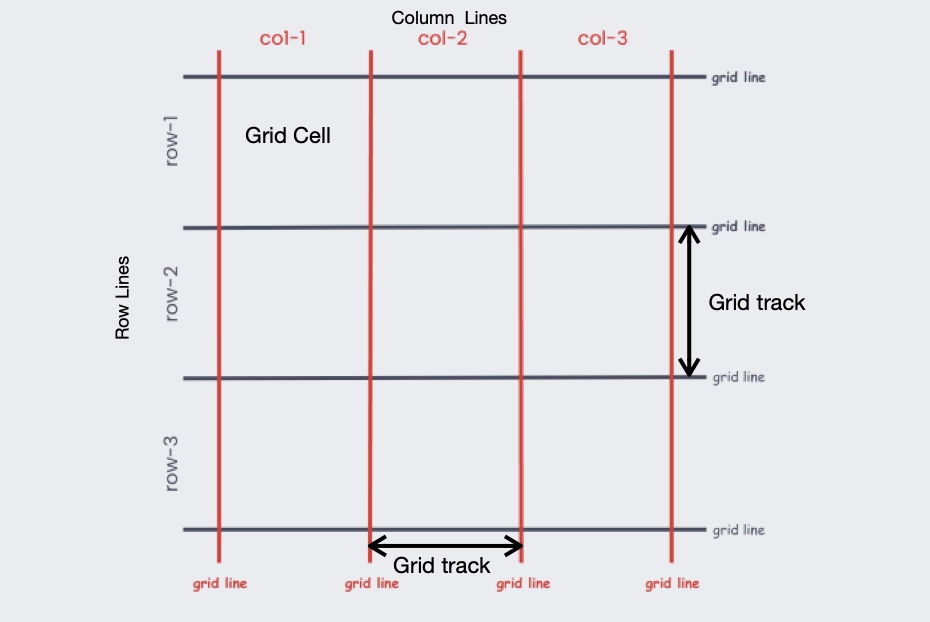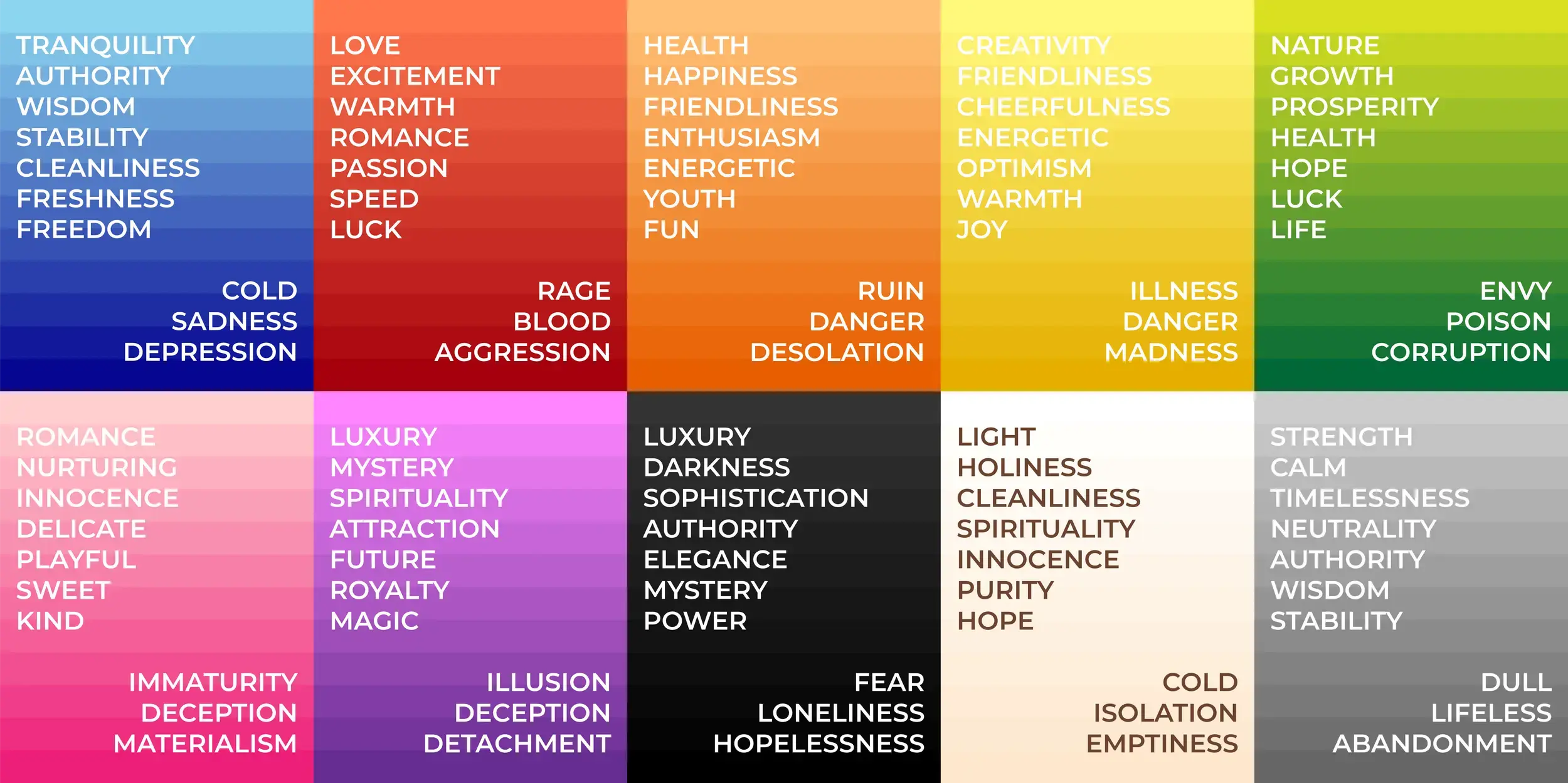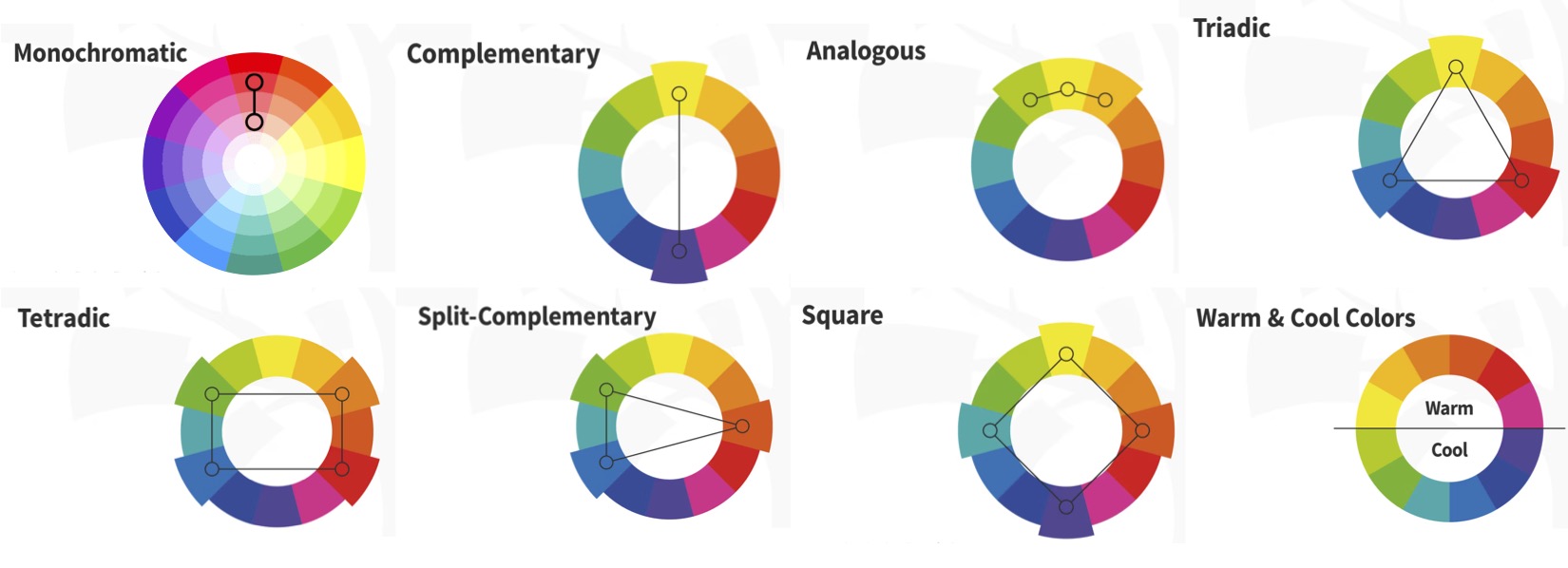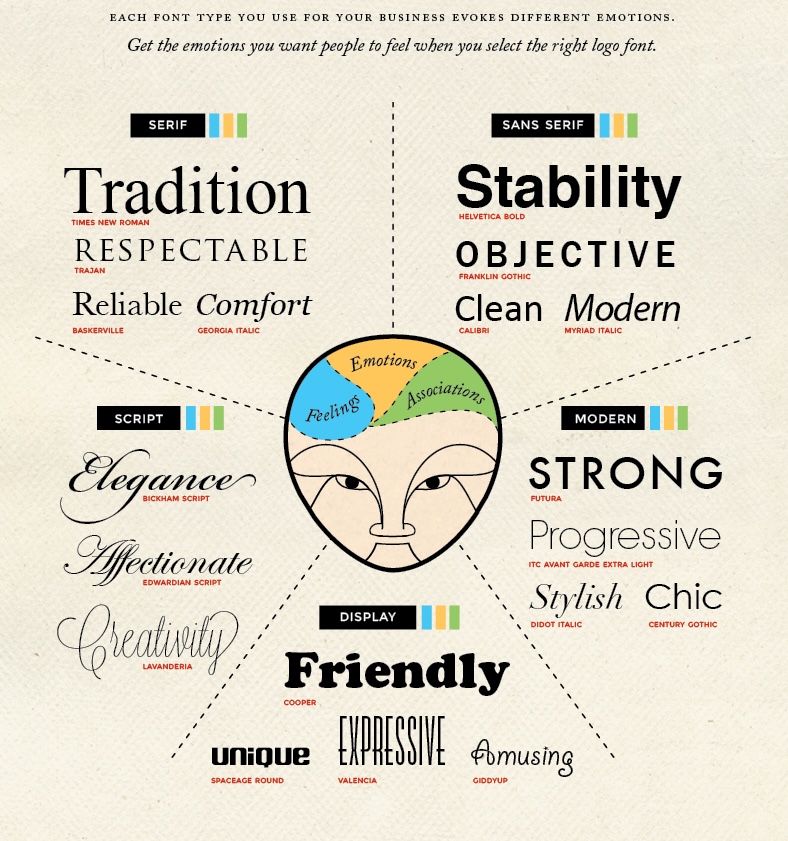CSS Selectors:-
A CSS selector selects the HTML element(s) you want to style.
We can divide CSS selectors into five categories:
- Simple selectors (select elements based on name, id, class)
- Combinator selectors (select elements based on a specific relationship between them)
- Pseudo-class selectors (select elements based on a certain state)
- Pseudo-elements selectors (select and style a part of an element)
- Attribute selectors (select elements based on an attribute or attribute value)
Universal Selector:-
The universal selector (*) selects all HTML elements on the page.
e.g - * { text-align: center; color: blue;}
Element Selector:-
The element selector selects HTML elements based on the element name.
also we can select multiple different elements by using comma.
e.g - h1, p { text-align: center; } - here all h1 and p tags are selected.
ID Selector:-
The id of an element is unique within a page.
id is case sensitive.
Note: An id name cannot start with a number!
so the id selector is used to select one unique element!
write a hash (#) character, followed by the id of the element.
e.g #elementid { text-align: center; }
Class Selector:-
Multiple HTML elements can share the same class.
Also one element have more than one classes.
Note: A class name cannot start with a number!
e.g <p class="center large">...</p> - have two classes center and large.
The class selector selects HTML elements with a specific class attribute.
To select elements with a specific class, write a period (.) character, followed by the class name.
e.g - .center {text-align: center; color: red;}
You can also specify that only specific HTML elements should be affected by a class.
e.g - p.center { text-align: center; color: red; }
In this example only <p> elements with class="center" will be affected
attribute Selector:-
The [attribute] selector is used to select elements with a specified attribute.
e.g - a[target] { background-color: yellow; } - selects all a elements with a target attribute.
[attribute="value"] Selector:-
The [attribute="value"] selector is used to select elements with a specified attribute and value.
e.g - a[target="_blank"] { background-color: yellow; } - selects all a elements with a target="_blank" attribute.
Pseudo class:-
A pseudo-class is used to define a special state of an element.
syntax: selector:pseudo-class { property: value; }
e.g - a:hover { color: #FF00FF; }
different pseudo-classes
| Pseudo-class |
example |
example description |
| :hover |
a:hover |
Selects element on mouse over |
| :active |
a:active |
Selects the active link |
| :checked |
option:checked |
Matches any option element that is checked |
| :nth-of-type() |
p:nth-of-type(2n) |
Selects any p element that is the even p element of its parent |
| Many many more pseudo classes also there that we can learn |
Pseudo-elements:-
A CSS pseudo-element is used to style specific parts of an element.
syntax - selector::pseudo-element { property: value; }
e.g - p::first-line { color: #ff0000; }
different pseudo-elements
| Pseudo-element |
Example |
Example description |
| ::first-letter |
p::first-letter |
Selects the first letter of every p element |
| ::first-line |
p::first-line |
Selects the first line of every p element |
| ::selection |
p::selection |
Styles the user-selected text inside any p tag |
| Many many more pseudo elements also there that we can learn |
Inheritance:-
Inheritance in CSS means that some properties automatically pass their values from parent elements to child elements.
Properties that inherit by default:
Some CSS properties inherit their values automatically. These are typically text- and font-related properties, such as:
color, font-family, font-size, font-style, letter-spacing, line-height, visibility e.t.c
Properties that do not inherit by default:
Most other CSS properties, especially box model properties and layout-related properties, do not inherit by default, such as:
margin, padding, border, width, height, background, display e.t.c
Forcing inheritance:-
You can force a property to inherit its value using the inherit keyword. For example:
p { color: inherit; } - Takes the color from its parent.
Overriding inheritance:-
Child elements can override inherited values with their own specified styles.
Default (initial) value:-
If you want to reset a property to its default value (as defined by the CSS specification), you can use the initial keyword:
p { color: initial; }
Universal inheritance (using all):-
The all shorthand property can be used to apply inherit, initial, or unset to all properties:
e.g - div {all: inherit; } - Forces all properties to inherit.
How to use:-
There are three ways of inserting a style sheet:
External CSS
With an external style sheet, you can change the look of an entire website by changing just one file!
External styles are defined within the <link> element, inside the <head> section
Most used as we can use a single file for multiple pages.
e.g - <head> <link
rel="stylesheet" href="cssfilename.css"> </head>
write full path of file if not in same folder.
Internal CSS
The internal style is defined inside the <style> element, inside the head section.
Not used because for every html file we have to style again and again.
<head>
<style>
body {
background-color: black;
}
</style>
</head>
Inline CSS
An inline style may be used to apply a unique style for a single element.
To use inline styles, add the
style attribute to the relevant element that can contain any CSS property.
e.g - <h1 style="color:blue; text-align:center;">This is a heading</h1>
Not used because every element we have to style again and again.
•
Note - If some properties have been defined for the same selector (element) in
different style sheets, the value from the last read style sheet will be used.
color property:-
The color property specifies the color of text(or foreground).
e.g - body {color: red;}
background-color property:-
The background-color property sets the background color of an element.
The background of an element is the total size of the element, including padding and border (but not the margin).
font-size property:-
The font-size property sets the size of a font.
values - medium(default), small, large, smaller, larger, length, %.
smaller and larger are relative to parent.
background-image property:-
The background-image property specifies an image to use as the background of an element.
syntax - background-image: url("path/link"); e.g - background-image: url("paper.gif");
By default, the image is repeated so it covers the entire element.
background-size property:-
The background-size property specifies the size of the background images.
e.g - background-size: cover;(best, we are using it mostly) or background-size: 75% 50% e.t.c
values
| auto |
Default value. The background image is displayed in its original size |
| length |
Sets the width and height of the background image.first value sets width, second value sets height. If only one value, the second is set to "auto". |
| cover |
Resize the background image to cover the entire container, even if it has to stretch the image or cut a little bit off one of the edges |
| contain |
Resize the background image to make sure the image is fully visible |
Color System:-
Named Colors:-
a color can be specified by using a predefined color name.
CSS/HTML support ~140 standard color names.
RGB Colors:-
a color can be specified as an RGB value, using this formula:
rgb(red, green, blue)
Each parameter (red, green, and blue) defines the intensity of the color between 0 and 255.
RGBA Colors:-
RGBA color values are an extension of RGB color
values with an alpha channel - which specifies the opacity for a color.
rgba(red, green, blue, alpha)
alpha parameter is a number between 0.0 (fully transparent) and 1.0 (not transparent at all).
HEX(hexadecimal) Colors:-
a color can be specified using a hexadecimal value in the form:
#rrggbb
Where rr (red), gg (green) and bb (blue) are hexadecimal values between 00 and ff (same as decimal 0-255).
The 3-digit hex code is a shorthand for some 6-digit hex codes. - #rgb
e.g - if we have #ff00cc, it can be written like this: #f0c.
#rrggbbaa - aa is for alpha channel range from 00(fully transparent) to ff(fully visible).
it does not affect the transparency of the element's content.
Opacity property:-
The opacity property in CSS is used to control the transparency level of an element.
It accepts values between 0 (completely transparent) and 1 (completely opaque).
e.g - opacity: value;
Note - opacity applies to both the element and its children.
To make only the background transparent while keeping child elements opaque, you can use color with alpha value for the background color.
Units in css:-
CSS has several different units for expressing a length.
Many CSS properties take "length" values, such as width, margin, padding, font-size, etc.
Length is a number followed by a length unit, such as 10px, 2em, etc.
Note: A whitespace cannot appear between the number and the unit.if the value is 0, the unit can be omitted.
For some CSS properties, negative lengths are allowed.
two types of length units: absolute and relative.
Absolute Lengths:-
The absolute length units are fixed and a length expressed in any of these will appear as exactly that size.
| Unit |
Description |
| px |
pixels (1px = 1/96th of 1in) |
| mm |
milimeters |
| in |
inches (1in = 96px = 2.54cm) |
| cm |
centimeters |
| pt |
points (1pt = 1/72 of 1in) |
| pc |
picas (1pc = 12 pt) |
Relative Lengths:-
Relative length units specify a length relative to another length property.
| Unit |
Description |
| % |
Relative to the parent element |
| em |
Relative to the font-size of the element
(2em means 2 times the size of the current font) |
| rem |
Relative to font-size of the root element |
| ch |
Relative to the width of the "0" (zero) |
| vh |
Relative to 1% of the height of the viewport |
| vw |
Relative to 1% of the width of the viewport |
| many more... |
Tip: The em and rem units are practical in creating perfectly scalable layout!
Viewport = the browser window size. If the viewport is 50cm wide, 1vw = 0.5cm.
% - The percentage unit (%) in CSS is relative to its parent element's dimensions. For width and height, it depends on the parent's width or height, while for padding and margin, it's based on the parent's width. Font sizes use the parent's font size, and positioning (top, left, etc.) is relative to the containing block's dimensions.
em - Relative to Font size of the parent, in the case of typographical properties like font-size, and font size of the element itself, in the case of other properties like width.
drawback - Because em is relative, nested elements can multiply the size effect if their parents also use em (Compounding effect or Snowball effect in nested elements).
rem - Relative to font size of root element. Easy to adjust entire layouts by changing the root font size. Avoids compounding effects seen with em.
font-family property:-
The font-family property specifies the font for an element.
The font-family property can hold several font names.
If the browser does not support the first font, it tries the next font.
family-name - The name of a font-family, like "times", "courier", "arial", etc.
generic-family - The name of a generic-family, like "serif", "sans-serif", "cursive", "fantasy", "monospace".
Start with the font you want, and always end with a generic family
Note: Separate each value with a comma.
If a font name contains white-space, it must be quoted.
Box Model:-
All HTML elements can be considered as boxes.
The CSS box model is essentially a box that wraps around every HTML element. It consists of: content, padding, borders and margins.
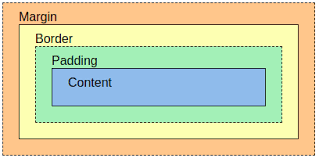
Content - The content of the box, where text and images appear
Padding - Clears an area around the content. The padding is transparent
Border - A border that goes around the padding and content
Margin - Clears an area outside the border. The margin is transparent
height property:-
The height property sets the height of an element.
The height of an element does not include padding, borders, or margins.
If height: auto; the element will automatically adjust its height to allow its content to be displayed correctly.
values - auto, length, %, initial, inherit.
width property:-
The width property sets the width of an element.
The width of an element does not include padding, borders, or margins.
values - auto, length, %, initial, inherit.
Border:-
The border property in CSS is used to add a visible line (border) around an HTML element.
You can customize its width, style, and color.
shorthand - border: width style color;
we can control each side of the border independently:-
border-top: width style color; (same for all other), border-right, border-bottom, border-left.
border-width property:-
The border-width property specifies the width of the four borders.
The width can be set as a specific size (in px, pt, cm, em, etc) or
by using one of the three pre-defined values: thin, medium, or thick.
specific side widths:-
The border-width property can have from one to four values (for the top border, right border, bottom border, and the left border)
e.g if 2 values - border-width: 5px 20px; - 5px top and bottom, 20px on right and left.
e.g if 4 values - border-width: 25px 10px 4px 35px; - 25px top, 10px right, 4px bottom and 35px left.
shorthand syntax - border-width: top right bottom left;
or we can use - border-top-width, border-right-width, border-bottom-width, border-left-width.
border-style property:-
The border-style property sets the style of an element's four borders.
if 4 values - top, right, bottom, left,;
if 3 values - top, right and left, bottom,
if 2 values - top and bottom, right and left.
if 1 value - all four borders same.
values - none, hidden, dotted, dashed, solid, double, groove, ridge, inset, outset, initial, inherit.
border-color property:-
The border-color property is used to set the color of the four borders.
Note: If border-color is not set, it inherits the color of the element.
shorthand - border-color: top right bottom left;
also on specific sides - border-top-color, border-right-color, border-bottom-color, border-left-color.
border-radius property:-
The border-radius property is used to add rounded borders to an element.
shorthand - border-radius: top-left top-right bottom-right bottom-left
there are also many more shorthand types.
also we can assign to single border-top-left-radius, border-bottom-left-radius, border-bottom-right-radius, border-top-right-radius.
to make circle border-radius: 50%; and height,width need to same otherwise oval shape.
box-shadow property:-
The box-shadow property attaches one or more shadows to an element.
syntax - box-shadow: h-offset v-offset blur color; , e.g- box-shadow: 10px 10px 8px #888888;
also - box-shadow: h-offset v-offset blur spread color inset;
To attach more than one shadow to an element, add a comma-separated list of shadows
values
| none |
Default value. No shadow is displayed |
| h-offset |
Required. The horizontal offset of the shadow. A positive value puts shadow on right side of the box, negative value on the left |
| v-offset |
Required. The vertical offset of the shadow. A positive value puts the shadow below the box, negative value puts shadow above |
| blur |
Optional. The blur radius. The higher the number, the more blurred the shadow will be |
| spread |
Optional. The spread radius. |
| color |
Optional. The color of the shadow. The default value is the text color. |
| inset |
Optional. Changes the shadow from an outer shadow (outset) to an inner shadow |
padding property:-
Padding is used to create space around an element's content, inside of any defined borders.
shorthand:-
if 4 values - top, right, bottom, left,;
if 3 values - top, right and left, bottom,
if 2 values - top and bottom, right and left.
if 1 value - all four borders same.
e.g - padding: 10px 20px 30px 40px;
also for individual - padding-top, padding-right, padding-bottom, padding-left.
margin property:-
Margins are used to create space around elements, outside of any defined borders.
shorthand - margin: top right bottom left; or with 3,2,1 values also.
also we can set individual - margin-top, margin-right, margin-bottom, margin-left.
values - length, %, 0, auto, initial, inherit. and for approx all above box model properties.
display property:-
The display property in CSS is used to specify the display behavior of an element.
It determines how an element is rendered in the document flow.
display property values
| Value |
Discription |
| none |
The element is completely removed |
| inline |
Displays an element as an inline element (like span). but Any height and width properties will have no effect. This is default. |
| block |
Displays an element as a block element (like p). It starts on a new line, and takes up the whole width |
| inline-block |
Combines the features of inline and block. It flows inline but allows setting width and height. |
| flex |
Displays an element as a block-level flex container |
| inline-flex |
Displays an element as an inline-level flex container |
| grid |
Displays an element as a block-level grid container |
| inline-grid |
Displays an element as an inline-level grid container |
| initial, inherit, e.t.c many many more... |
When an element has display: inline, none, or contents, properties like height, width,
and vertical margins (margin-top and margin-bottom) have no effect because inline elements
rely on their content size, none removes the element from rendering, and contents makes the
element visually disappear while only showing its children.
Inline v/s block
| Inline |
Block |
| Do not start on a new line |
Always start on a new line |
Only use as much horizontal space as required by the content.
Do not accept width and height CSS properties |
Take up as much horizontal space as possible
(the full width of the container or browser window if there is no container) |
| Margins will work horizontally, but not vertically. |
Will respect width and height CSS properties. |
| Padding works on all sides, but the top and bottom may overlap other elements. |
Horizontal and vertical margins both work |
transition property:-
Transitions enable you to define the transition between two states of an element.
To create a transition effect, you must specify two things: the CSS property you want to add an effect to, the duration of the effect.
Note: If the duration part is not specified, the transition will have no effect, because the default value is 0.
we can add transition effect to many elements is same property e.g - transition: width 2s, height 4s;
syntax(shorthand) - transition: transition-property transition-duration transition-timing-function transition-delay
transition-property property:-
The transition-property property specifies the name of the CSS property the transition effect is for.
Default value: all, Inherited: no.
values - none, all, property, initial, inherit.
e.g - div { transition-property: width; } , div:hover { width: 300px; } - Hover over a div element, and change the width with a transition effect.
transition-duration property:-
The transition-duration property specifies how many seconds (s) or milliseconds (ms) a transition effect takes to complete.
Default value: 0s, Inherited: no.
values - time, initial, inherit.
transition-duration: 5s; - Let the transition effect last for 5 seconds.
transition-timing-function:-
The transition-timing-function property specifies the speed curve of the transition effect.
Default value: ease, Inherited: no.
values
| Value |
Description |
| ease |
Default value. Specifies a transition effect with a slow start, then fast, then end slowly |
| linear |
Specifies a transition effect with the same speed from start to end |
| ease-in |
Specifies a transition effect with a slow start |
| ease-out |
Specifies a transition effect with a slow end |
| ease-in-out |
Specifies a transition effect with a slow start and end |
| and many more values also there. |
transition-delay property:-
The transition-delay property specifies when the transition effect will start.
Value is defined in seconds (s) or milliseconds (ms).
Default value: 0s, Inherited: no
e.g - transition-delay: 2s; - Wait 2 seconds before the transition effect starts.
transform property:-
The transform property in CSS allows you to apply transformations to elements, such as scaling, rotating, translating, or skewing them.
values: none, transform-functions;
we can use multiple properties in single by using space - {transform: translate(200px,200px) rotate(90deg)};
transform-functions:-
rotate(angle):-
Rotates the element clockwise or counterclockwise.
e.g - transform: rotate(180deg);
also we can give angle in negative and in other units.
scale(x,y):-
Scales the element by the specified x and y factors.
e.g - transform: scale(1.5, 2);
also there we can use scaleX, scaleY
also shorthand scale(value) - same value for all direction.
translate(x, y):-
Moves the element from its original position.
e.g - transform: translate(50px, 100px);
also there we can use translateX, translateY
also accept negative values.
skew(x,y):-
Skew applies a slanting transformation to an element along the x-axis and y-axis.
e.g - transform: skew(30deg,60deg); , if one value skew(30deg) = skew(30deg,0deg) - but not use like this.
also skewX(),skewY().
also accept negative values.
position property:-
The position property specifies the type of positioning method used for an element (static, relative, fixed, absolute or sticky).
Elements are then positioned using the top, bottom, left, and right properties.
However, these properties will not work unless the position property is set first. They also work differently depending on the position value.
position: static;
HTML elements are positioned static by default.
Static positioned elements are not affected by the top, bottom, left, and right properties.
An element with position: static; is not positioned in any special way; it is always positioned according to the normal flow of the page:
position: relative;
An element with position: relative; is positioned relative to its normal position.
Setting the top, right, bottom, and left properties of a relatively-positioned element will cause it to be adjusted away from its normal position.
Other content will not be adjusted to fit into any gap left by the element.
position: fixed;
An element with position: fixed; is positioned relative to the viewport, which means it always stays in the same place even if the page is scrolled.
The top, right, bottom, and left properties are used to position the element.
A fixed element does not leave a gap in the page where it would normally have been located.
position: absolute;
An element with position: absolute; is positioned relative to the nearest positioned ancestor (instead of positioned relative to the viewport, like fixed).
If an absolutely positioned element has no ancestor with a defined positioning context (i.e., relative, absolute, or fixed), it will use the document body as its reference point. Consequently, the element's position will be calculated relative to the entire page, and it will move along with the content when the page is scrolled.
Note: Absolute positioned elements are removed from the normal flow(other elements take their place), and can overlap elements.
position: sticky;
An element with position: sticky; is positioned based on the user's scroll position.
A sticky element toggles between relative and fixed, depending on the scroll position. It is positioned relative until a given offset position is met in the viewport - then it "sticks" in place (like position:fixed).
Note: You must specify at least one of top, right, bottom or left for sticky positioning to work.
e.g - div.sticky { position: sticky; top: 0;}


